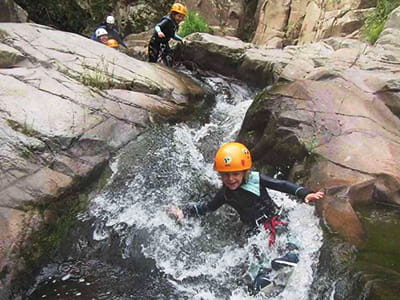The Cava Vineyards: A Sparkling Heritage of Catalonia
Cava, a sparkling wine that has garnered international acclaim, is deeply rooted in the vineyards of Catalonia, Spain. Known for its unique production method and distinct flavor profile, Cava is a product of traditional craftsmanship and the rich terroir of the region. This article explores the vineyards where Cava is cultivated, the grape varieties used, and the meticulous process that brings this celebrated wine to life.
Cava Wineyards The Heart of Cava Production: Catalonia
Cava is primarily produced in the Penedès region, located southwest of Barcelona. This area boasts a Mediterranean climate with a combination of warm summers and mild winters, creating ideal conditions for grape cultivation. The vineyards are often planted on rolling hills, benefiting from good drainage and sunlight exposure, which are crucial for developing high-quality grapes.
Cava Wineyards Key Grape Varieties
The production of Cava relies on three primary grape varieties:
- Macabeo: Known for its floral aromas and balanced acidity, Macabeo contributes freshness and fruitiness to Cava.
- Xarel·lo: This variety adds body and structure, enhancing the wine's complexity.
- Parellada: Valued for its aromatic qualities and ability to maintain acidity, Parellada rounds out the blend with elegance.
In addition to these traditional grapes, some producers incorporate Chardonnay and Pinot Noir, which introduce unique nuances to the final product.
The Vineyard Process
The journey of Cava begins in the vineyard with careful planning and management:
1. Harvesting: Grapes are hand-harvested in late summer or early autumn when they reach optimal ripeness. This manual process ensures that only the best grapes are selected for production.
2. Sorting: After harvesting, grapes undergo meticulous sorting to remove any damaged or unripe fruit, ensuring only high-quality grapes are used.
3. Pressing: The selected grapes are gently pressed to extract the must—the juice that will form the base wine. Controlled pressing is essential to preserve the delicate flavors and aromas inherent in the grapes.
The Traditional Method of Production
Cava is crafted using the traditional method (método tradicional), which involves several stages:
- First Fermentation: The extracted must undergoes fermentation in stainless steel tanks or oak barrels, converting sugars into alcohol.
- Blending (Assemblage): Different base wines are blended to create a cuvée that reflects the desired flavor profile.
- Tirage: A mixture of sugar and yeast is added to the cuvée before bottling. Each bottle is capped with a crown cap to maintain airtight conditions during secondary fermentation.
- Secondary Fermentation: Bottles are stored horizontally for at least nine months, allowing carbon dioxide to develop natural bubbles as fermentation continues inside each bottle.
- Aging on Lees: During this period, dead yeast cells (lees) impart complex flavors reminiscent of bread and pastries to the wine.
- Riddling and Disgorging: Bottles are gradually rotated to collect sediment at the neck. The neck is then frozen to remove sediment efficiently when the crown cap is popped off.
- Dosage and Final Bottling: A mixture of wine and sugar syrup is added to adjust sweetness before sealing with a cork.
Cava Wineyards Conclusion
The vineyards of Catalonia play a pivotal role in producing Cava, a sparkling wine that embodies tradition and innovation. With its unique grape varieties and meticulous production methods, Cava has earned its place on tables worldwide. As consumers increasingly seek authentic experiences in their wines, Cava vineyards continue to thrive as bastions of quality and heritage in Spanish winemaking. Whether enjoyed as an aperitif or paired with food, Cava remains a sparkling symbol of celebration and craftsmanship.
Similar to Cava Wineyards
Canyoning, Via Ferratas and Team Building ... you choose the activity, and we will make sure you will enjoy it!
Digital Partners
Corporate Online Marketing Services
Barcelona Data Driven Marketing
2Let2 Cathays Cardiff


